Density visualization or what schlieren method


Shliren-method. This is probably the only way to watch live convection. In general, this method allows you to see any change in density in transparent media. For example, when a candle burns, it heats the air, reducing its density, which allows it to notice the resulting inhomogeneities.
In mathematical writing
ρ gas density
P-gas pressure
T-temperature
R-universal gas constant
ρ gas density
P-gas pressure
T-temperature
R-universal gas constant
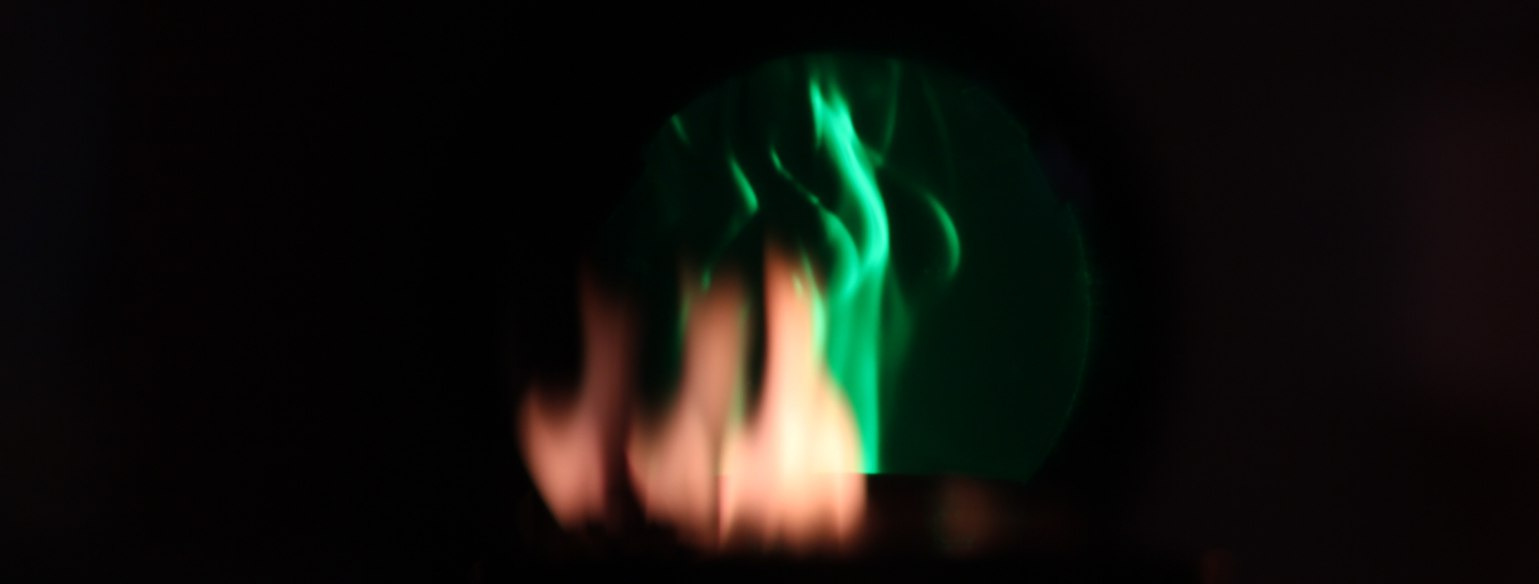
And how does the schlieren method work? Actually very simple. Let's start with the simplest option.
Projection method
Take a flashlight, preferably with a small luminous area, and direct it to a piece of paper that will play the role of a screen. Place the inhomogeneity in the flashlight flux.

This method is called projection.

Why the eyes do not see the convective flow, and on the screen you can watch it?
The fact is that the change in the density of the medium, hence the change in the refractive index, is insignificant, and the human eye cannot notice this.
But when we shine on a leaflet, the rays passing through the inhomogeneity are refracted and reinforce some areas on the screen. But as the rays deviated, then there, where they should have come, appears a zone with low brightness.

The main problem of the projection method
Alas, but the projection method has a high illumination of the image. Thus, convection currents, for example, is no longer visible from the soldering iron.


Schliren-method
In another method, we need a Foucault knife, a thin opaque screen, in my case a ruler. And we also need to focus the light from the flashlight. The first thing that comes to mind is a lens, but the lenses have spherical aberrations. This is when the rays are focused not at a point, but at a certain segment.
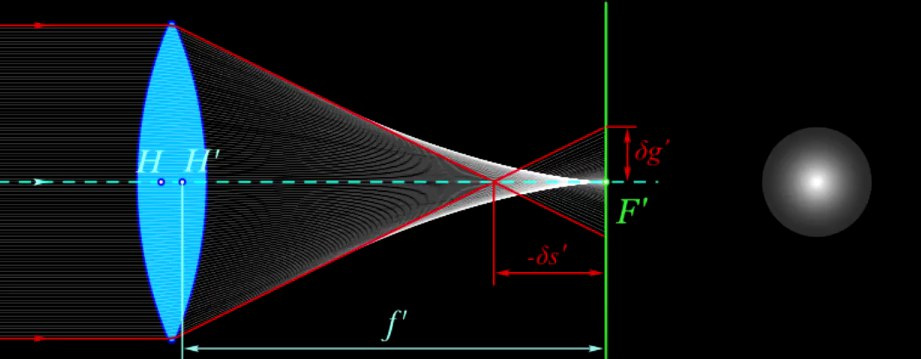
What to do? How to be? You can take the lens from the camera instead of the usual lens.
Or you can buy, for example in the cosmetics shop, a spherical (concave) mirror. It a priori has no spherical aberrations.
Take our mirror and reflect the light from the flashlight in the direction of the screen. If we place the Foucault's knife to the focal length, it will block one of the parts of the image. Putting it behind the point of focus, the knife will block the other part of the image. And what will happen if we put the knife Foucault in the very point of focus? Then he will darken the image as a whole.

Now, when we place an irregularity in the luminous flux, some rays are refracted in it, bending around the knife and falling on the screen.

This method has no illumination, since only those rays that have passed through the heterogeneity get on the screen.


You might notice ...
You may notice that the light is still not focused to a point, this is due to the fact that the light source has its dimensions, therefore its image must have some dimensions.
To reduce the size of this image, you need to position the light source as far as possible from the mirror, or reduce its size.

You may notice that the light is still not focused to a point, this is due to the fact that the light source has its dimensions, therefore its image must have some dimensions.
To reduce the size of this image, you need to position the light source as far as possible from the mirror, or reduce its size.

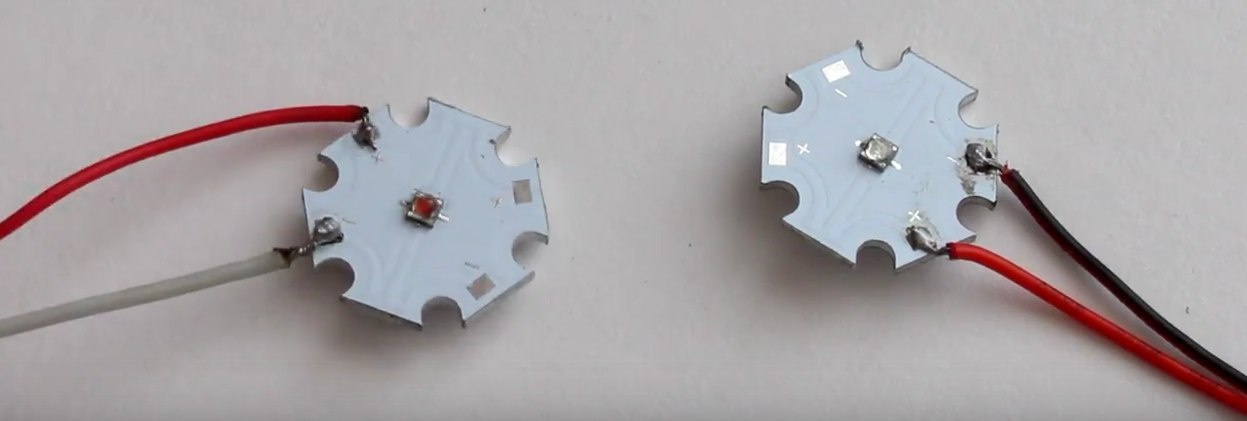
I used such LEDs.
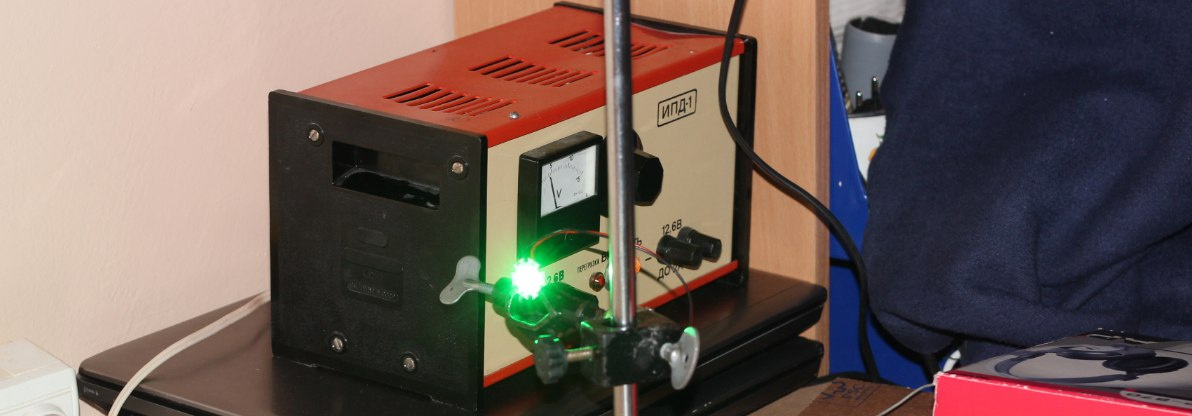
Further...
Further, I replaced this mirror with a larger one, and this is what I did.



Convective flow from the match.
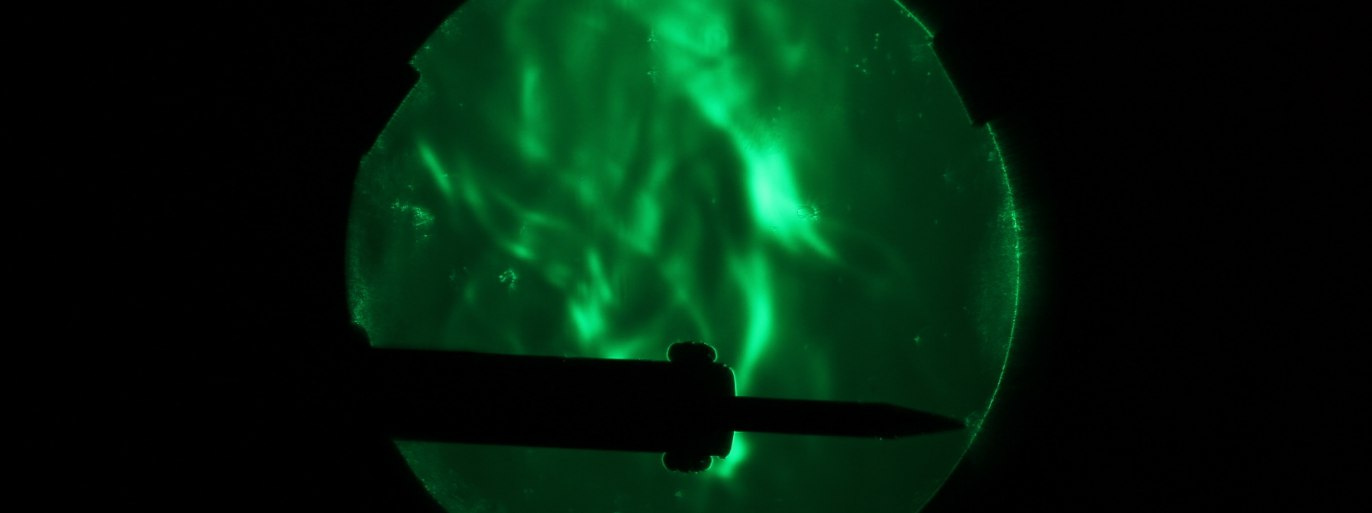
Convective flow from the soldering iron.
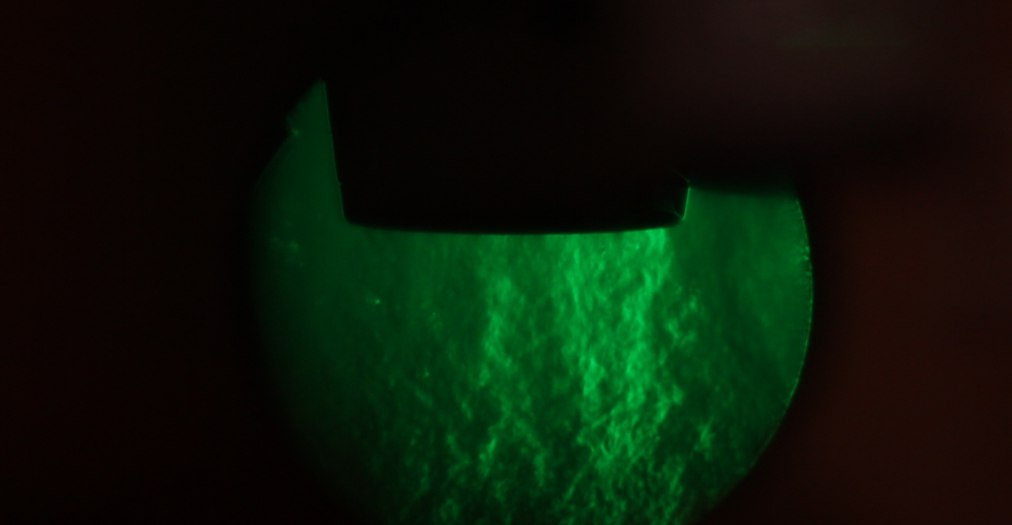
In this photo you can observe how hot streams of air are pulled out from a hair dryer at high speed.
In practice, the schlieren method is used in wind tunnels, which makes it possible to observe the pattern of flow around the model under study.

All Articles